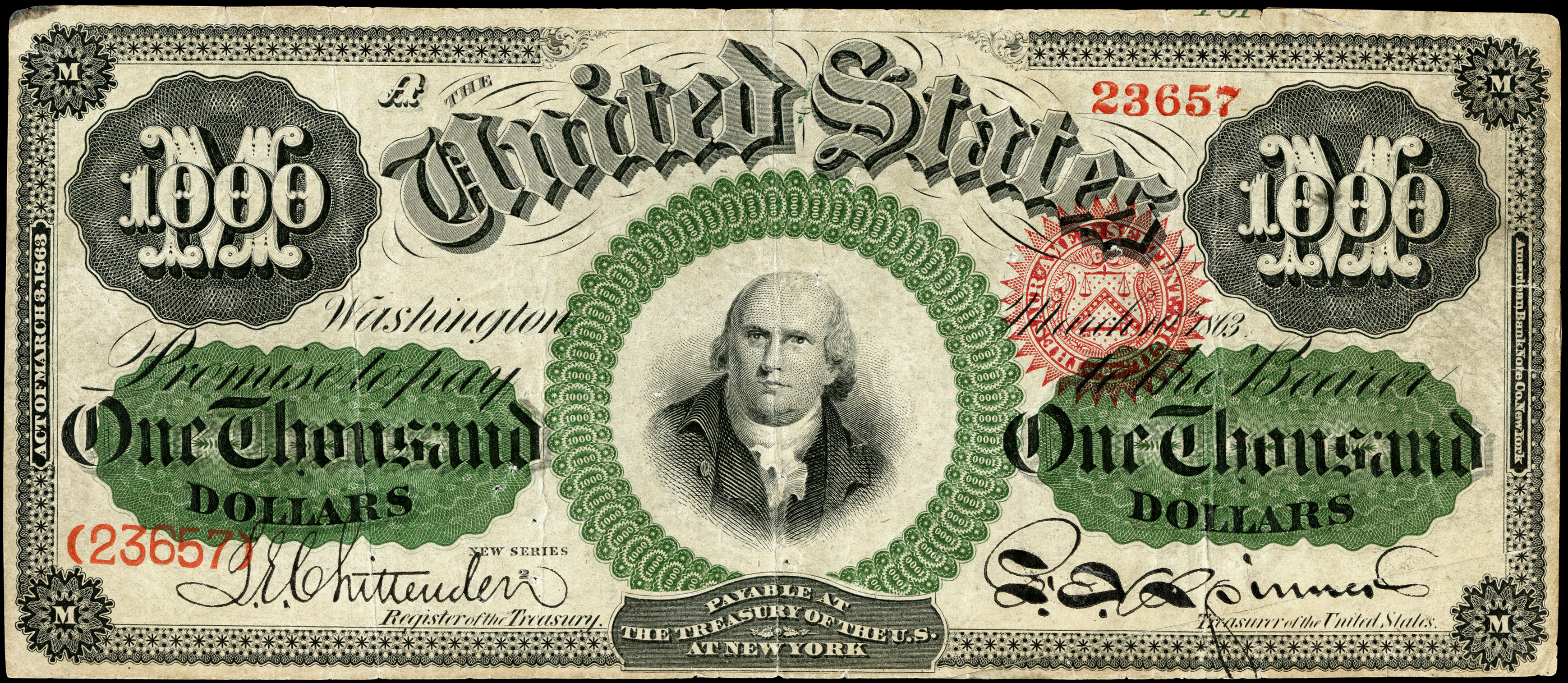
By Jim O’Neal
Imagine a situation where you write a terrific biography that is nominated for prestigious awards and stays on The New York Times best-seller list for three months. Not bad. But then, imagine the elation when 10 years later, it is turned into a Tony Award-winning musical and you are part of the team that created it. That actually happened to author Ron Chernow with his book about Alexander Hamilton.
Even more remarkable is that Hamilton is still the hottest ticket in town three years later, and playwright Lin-Manuel Miranda has racked up a Pulitzer Prize, three Tony Awards, two Grammys, an Emmy, and will be honored on the Hollywood Walk of Fame in 2018. The only thing left would be a film and, not surprisingly, Hamilton the movie is already in development.
Many people now know that Alexander Hamilton was the first Secretary of Treasury for the United States. However, he was not the first choice of George Washington when the president was forming his Cabinet. That distinction goes to another of the true Founding Fathers: Robert Morris Jr. (1734-1806), whose name has gradually faded from view. That was certainly not the case in 1775 when he was believed to be the richest man in America.
President Washington offered him the position primarily since he had been the First Superintendent of Finance for the United States (1781-84), but Morris recommended Hamilton since they shared similar views, including the idea of creating a national bank. Besides, next to George Washington, Morris was already considered the most powerful man in America.
After migrating to America from England as a teenager, he became a partner (at age 24) of Thomas Willing when they formed a banking-shipping firm, Willing, Morris & Co. This dual charter allowed them to self-finance their trading activities, which included slaves. However, disputes over tariffs and taxes like the Stamp Act inevitably drew Morris into politics and eventually the war for independence from England. Robert Morris and Roger Sherman of Connecticut are the only two people to sign the Declaration of Independence, the Articles of Confederation and the United States Constitution.
Robert Morris is also credited with being one of the founders of the financial system for the United States, along with Hamilton and Albert Gallatin, who was Treasury Secretary for Jefferson and Madison from 1801 to 1814, the longest tenure in this office in history. Morris used his great wealth and financial acumen to support Continental troops under Washington when the country was broke. The dome in the U.S. Capitol Building has a fresco painting (The Apotheosis of Washington) that includes a scene with Mercury, the Roman god of commerce, handing Morris a bag of gold to commemorate his service as “the Financier of the American Revolution.”
Twenty years ago, I had the pleasure of viewing Robert Morris on a $1,000 bill when Frank Levitan sold his wonderful collection of United States paper currency. It’s my personal choice for the most attractive bill ever printed and is ultra-rare (only two are known to exist). Lot #104 sold for $451,000 – a staggering amount at the time, but a fraction of the price it would bring today.
Thank you, Mr. Morris. I won’t forget.
 Intelligent Collector blogger JIM O’NEAL is an avid collector and history buff. He is president and CEO of Frito-Lay International [retired] and earlier served as chair and CEO of PepsiCo Restaurants International [KFC Pizza Hut and Taco Bell].
Intelligent Collector blogger JIM O’NEAL is an avid collector and history buff. He is president and CEO of Frito-Lay International [retired] and earlier served as chair and CEO of PepsiCo Restaurants International [KFC Pizza Hut and Taco Bell].

